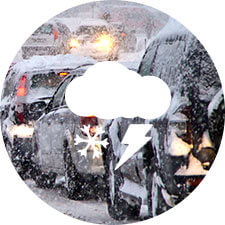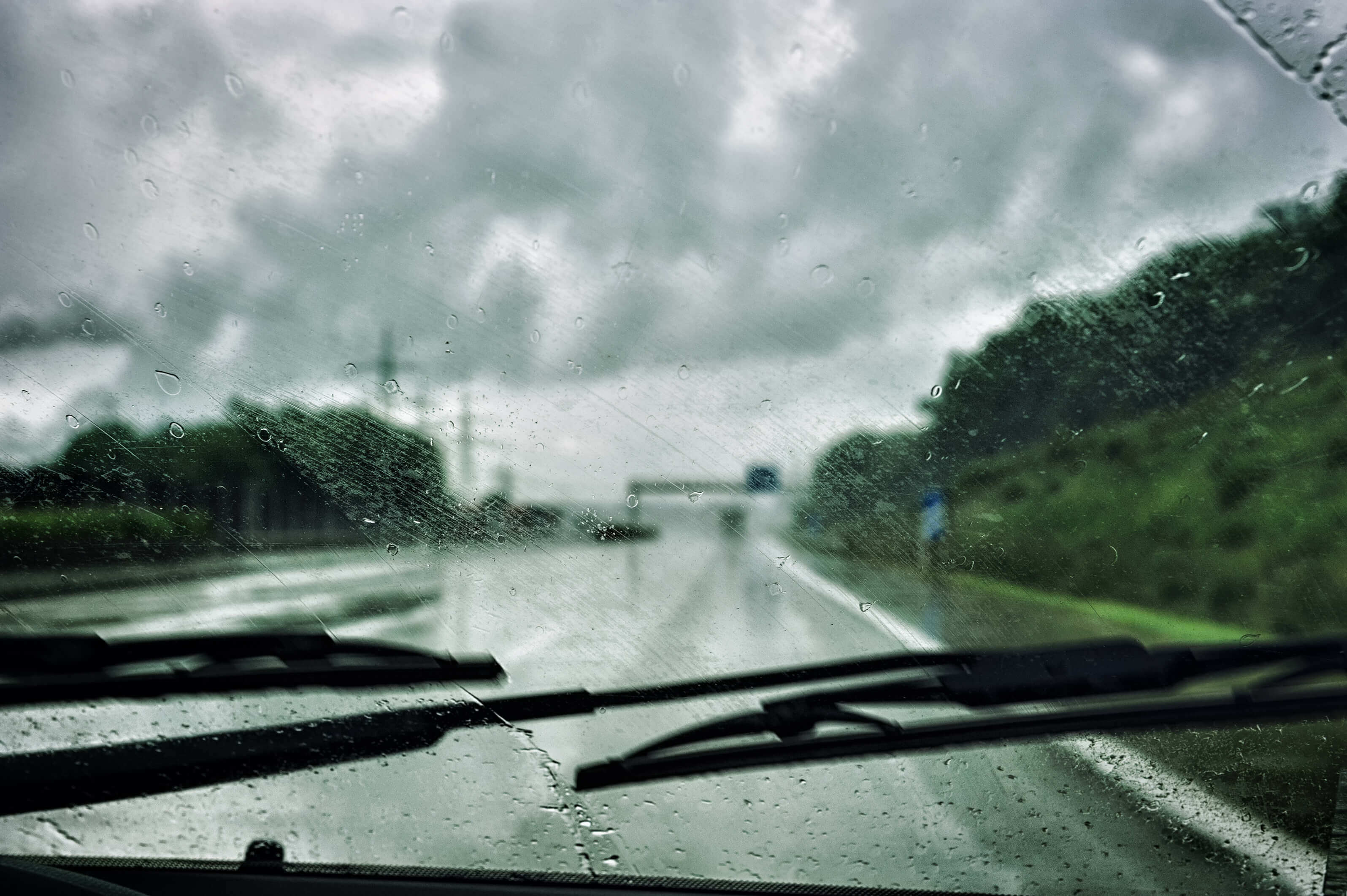The first time you have to drive in bad weather can be tough, and might give you some anxiety. But it will, no doubt, be the first of many journeys to come where you’ll find yourself driving in difficult conditions.
Extreme weather conditions like heavy rain, snow, ice, fog, thunderstorms and high winds are more and more common nowadays. Driving in difficult conditions isn’t just limited to the weather though. You might find it trickier to drive in a remote area at night with no street lighting, or when the sun is low in the sky and blinding you.
The more you drive in these tricky conditions, the more confident you’ll become. Not only that, but you’ll understand more about driving and why it’s important to adjust your driving style in different situations – for your safety and the safety of others.
To prepare, read through our four top tips for driving in difficult conditions.
What to do when driving in difficult conditions
Generally, you should slow down and adapt your driving style for all extreme weather conditions for a number of reasons. You might be required to brake earlier, as stopping distances are much longer in ice or rain.

Foggy weather
When you’re driving in foggy weather, make sure you have your dipped headlights on as well as your fog lights, if visibility is “seriously reduced”. Serious means having your visibility restricted to below one hundred metres in front of you, according to The Highway Code.
Fog lights not only help you see better but also help other road users see you, as the light is brighter than other lights. Reduced visibility means you might be unaware of what lies ahead, so make sure to reduce your speed as well. Don’t forget to turn your fog lights off once visibility has improved!

Wet conditions
More accidents happen during wet conditions than any other time – rain reduces visibility and requires an increased braking distance. Roads are vulnerable to flooding and can cause you to aqua plane, where you’ll have little control over the car.
To prevent accidents always increase your distance from the car in front and brake earlier than you normally would. Slow down and don’t brake harshly, as your tyres won’t have much traction on the tarmac.

Icy conditions
When it is icy, driving conditions become extremely tricky. Luckily most main roads are gritted, but that doesn’t mean you can drive “normally”. Minor and country roads may not have been gritted and might not only be icy but also have black ice, which is dangerous as you can’t see it.
When the weather starts to change in winter, it might be a good idea to change to winter tyres, buy snow chains and socks for a better grip on the road – remember, these come with rules to adhere to when placing these on your car. For example, they’re not permitted on roads that have been cleared of snow and ice.

Extreme wintry weather
On a heavy snowfall, the best bet really is to stay where you are. If you have to drive, there are a few things to look out for. Firstly, watch or listen to the local weather updates to make sure there are no sudden changes ahead, and check the current road conditions online. Plan your journey in advance, and let a family member or friend know your exact route, in case you get stuck somewhere.
Before you set off, check that all your car lights are working and you have a spare tyre or a temporary repair kit to hand with a warning triangle. Make sure your phone is charged up and stick to main roads. Pack a bag with essentials, should you get stuck, including:
- Blanket
- Warm clothes/reflective clothing
- Water
- Snacks
- Shovel
- Phone
- Ice scraper
- First aid kit
- Rope
- Torch
Just follow these four tips to adapt your driving style accordingly, and you’re ready for the next outburst of rain, snow or wind.
